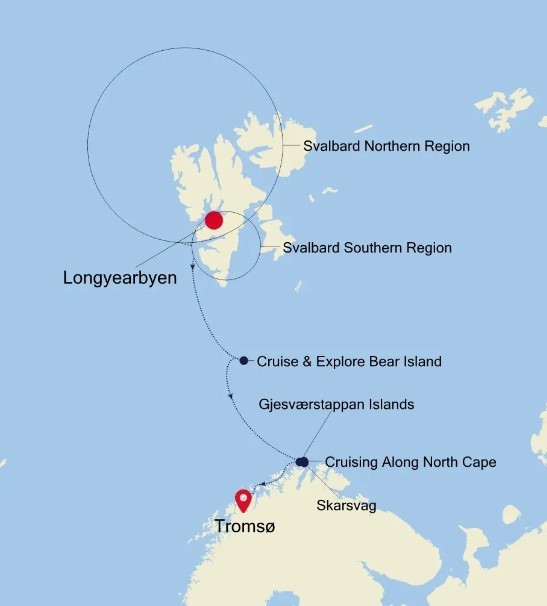
The Arctic is a destination that will reward you richly. It is the land at the very top of the earth, it is the road less travelled and by far it is one of the most unexplored parts of the world. Leaving the pretty painted houses of Longyearbyen in your wake, embark on the voyage of a lifetime to frozen landscapes and virgin tundra. Gaze amazed at the beauty of this frozen wonderland, scanning the skyline for the King of the Arctic – aka the Polar Bear – during daily Zodiac trips.
- Svalbard Northern Region
- Svalbard Southern Region
- Skarsvag, Norway
- Cruise Along North Cape, Norway
- Gjesvaerstappan Islands, Norway
Prices quoted here are often dependent on currency fluctuations. Please check with (01432 507450 or info@small-cruise-ships.com) for the very latest price, which may well be cheaper than the one advertised here.
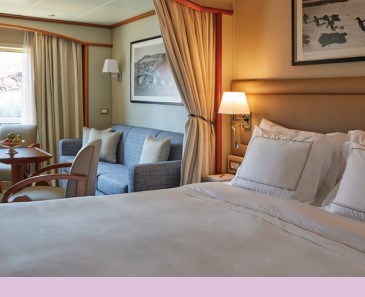
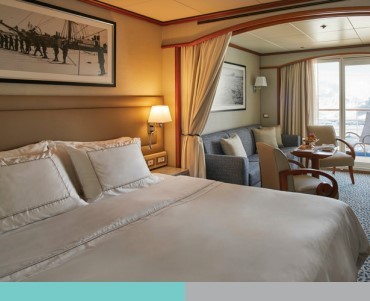


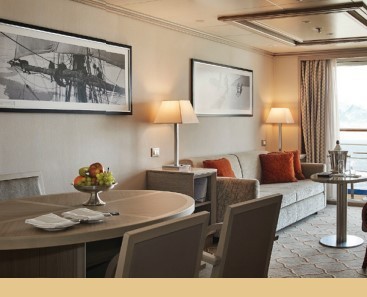
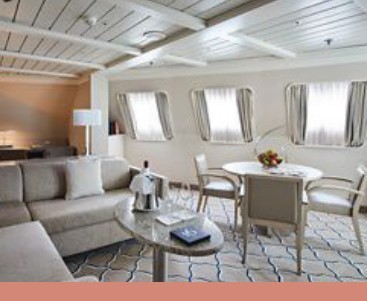


Prices quoted here are often dependent on currency fluctuations. Please check with (01432 507450 or info@small-cruise-ships.com) for the very latest price, which may well be cheaper than the one advertised here.








Silver Wind
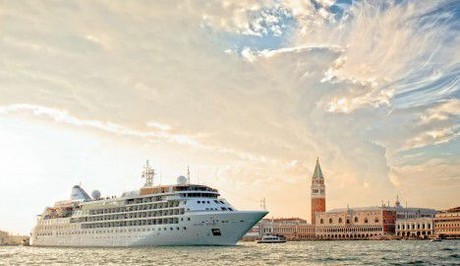
| Maximum number of passengers | 296 |
|---|---|
| Crew: 222 | 222 |
| LENGTH: | 514.14 Feet / 156.7 Meters |
Al fresco dining with panoramic ocean views. Warm clubby spaces for evening cocktails with friends. The plush comfort of your ocean-view suite after a day of incredible sights. Welcome home to the luxury cruise ship, Silver Wind. Timelessly elegant yet luxuriously relaxed, Silver Wind strikes the perfect balance of yacht-like intimacy combined with the space, amenities and diversions typically reserved for larger vessels. Warm welcomes and gracious personalized service inspire our guests to call Silver Wind their “home away from home” - join us and discover the charms of Silver Wind.
Silversea's oceanview suites are some of the most spacious in cruising, and all include the services of a butler.


